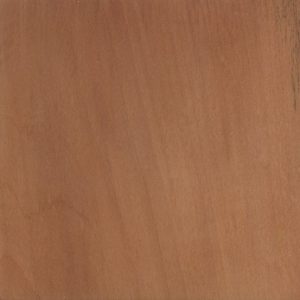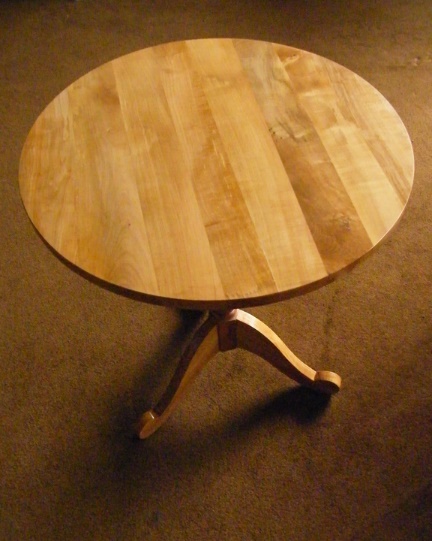HARD PEAR | Hardepeer | Olinia Ventosa
The Tree
The Hard Pear is a small to tall tree of between 8 to 25m, sporting a large, spreading crown. The trunk is long and cylindrical, becoming conical with strong flutings in older trees. The bark is commonly dark grey and fissured in squares and rectangles, while older, big trees have a flaky, reddish-brown bark. The Hard Pear is abundant in dry forests and, while less numerous in medium-moist forests, trees grow taller. This tree does not grow in moist and wet types of forests. Occurs in the Eastern, Southern and Western Cape. All parts of the tree give off a strong almond aroma when crushed.
Small to tall tree of between 8m – 25m
The wood has a fine texture and a straight or interlocked to wavy grain
Strong, heavy and durable wood. Mainly used for furniture, cabinetry, carving and turning
The Wood
Heartwood is a pale pink or light reddish brown. Sapwood is slightly paler but is not usually distinct from heartwood. The heartwood sometimes has darker streaks. The wood has a fine texture and a straight or interlocked to wavy grain, with some planks displaying wonderful distinctive ripple patterning. Takes a very smooth finish. The wood is slightly oily. The bark is smooth and grayish in young trees, becoming rough and scaly with a reddish tinge as it ages.

Workability
Because of its uneven, wavy grain, Hard Pear can be tricky to work with. It planes to a lustrous, smooth finish. Turns, glues, polishes and finishes well. Peels easily for decorative veneer.

Uses
Hard Pear produces strong, hard, heavy and durable wood. It was used for telegraph poles, railway sleepers and wagon-making in the past. Today it is mainly used for furniture and musical instruments, cabinetry, decorative veneer, carving and turnery. It may be used for flooring, and to a limited extent for boat building and carpentry.
